Wild Cherry Bark
$4.99
Wild cherry bark is a medicinal herb derived from the black cherry tree. Wild cherry is used for colds, whooping cough, bronchitis, pain. Buy it at an affordable price at natural foods store in the USA – Alive Herbals.
Free shipping on all orders
Product Name: Wild Cherry Bark.
Botanical Name: Prunus serotina.
Also Known as: Wild cherry, black cherry, American cherry.
Country of Origin: Originally from the eastern North America.
Product Style: Whole.
Taste & Aroma: A sour, slightly sweet flavor, and a slight almond-like aroma.
Storage: The best way to store them is in a cool, dark place with a lid that keeps out air.
Shelf Life: In general, there is generally a 24-months validity after production.
Uses: Bronchitis, whooping cough, and other lung conditions, diarrhea, gout, digestive disorders, and discomfort are some of the conditions that can be treated with wild cherry.
Interesting Fact: Black cherry trees can grow to be 60 to 80 feet tall and 2 to 3 feet wide. The tree grows a crown that is 30 to 60 feet wide. The bark of a black cherry is dark grey, reddish, brown, or almost black. During the first 10 years of a black cherry tree’s life, its bark is thin and almost smooth.
Wild cherry bark benefits:
A plant is a wild cherry. Medicine is made from the bark. Wild cherry is used to treat colds, whooping cough, bronchitis, and other lung problems, as well as diarrhea, gout, digestive problems, pain, and cancer. It is also used in cough syrups because it makes you sleepy, makes you cough up mucus, dries you out, and stops you from coughing.
◉ May support Skin Soother.
◉ Used to Digestive Aid.
◉ Work to Heart problem.
◉ May Help Support Cough Soother.
A wild cherry bark history.
The wild cherry tree (Prunus serotina) is native to both the eastern part of North America and Europe. They can get as tall as 100 feet and have trunks that are 4 feet across.
The trees make fruit that you can eat. The fruit is usually the size of peas and has a dark red-purple color.
The bark of wild cherry trees can be reddish brown, dark gray, or even black, and it comes off in flakes. The bark and small branches can both be used to make herbal remedies (if you cut the twigs off fresh).
The energy of wild cherry bark can either cool or warm, and it can also dry. Cherry trees are in the same family as roses, so the bark is thought to be good for the heart and emotions as well as the body.
In general, wild cherry is used for tissues that are “excited,” which can show up as redness, inflammation, or tenderness.
Native American tribes have used cherry bark for a long time to treat coughs, colds, fevers, labor pain, dysentery, digestive problems, and wounds on the skin. Most herbalists use it today to help with coughs and breathing, but it can also be used for other things.
This info is provided for educational purposes only; it has not been approved by the Food and Drug Administration (FDA). This information is not indicated for diagnosing, treating, curing, or preventing any illness.
Consult a doctor before using natural spices, and herbal products if you’re pregnant, breastfeeding, or on drugs.
Related products

Adobo Seasoning
$3.95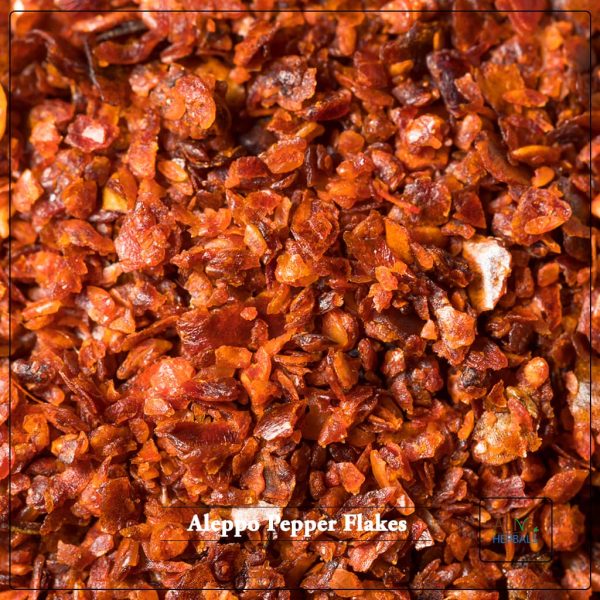
Aleppo Pepper Flakes
$4.75 – $14.95
Allspice Powder
$4.50 – $14.95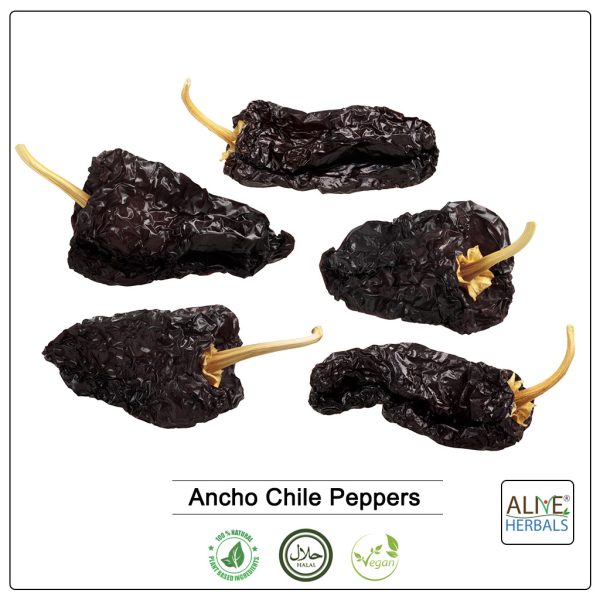
Ancho Chile Peppers
$4.50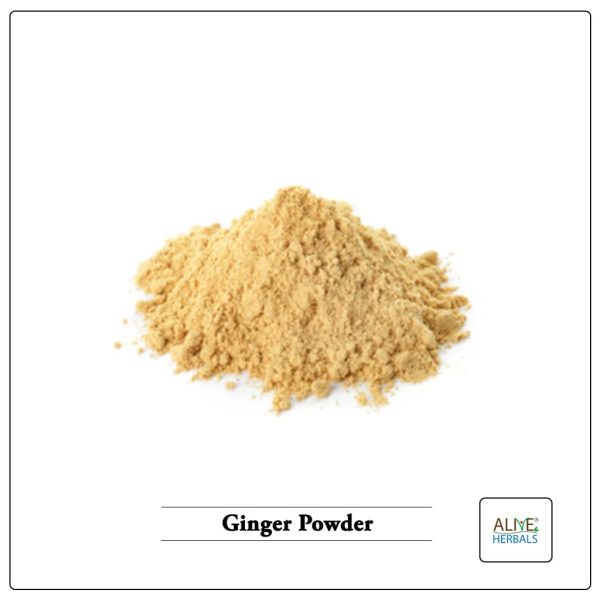
Ginger Powder
$4.50 – $14.50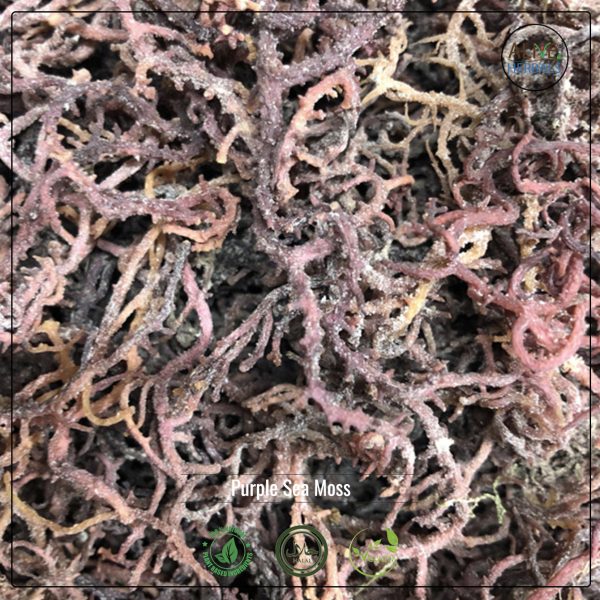
Purple Sea Moss
$15.99 – $43.10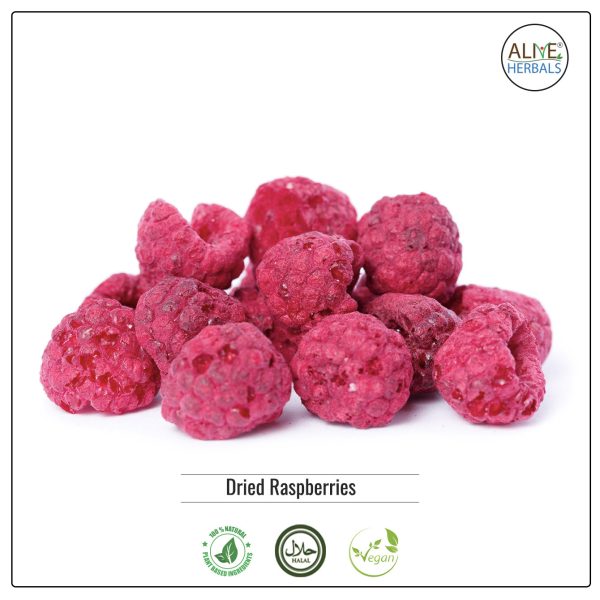
Raspberry Dried
$9.95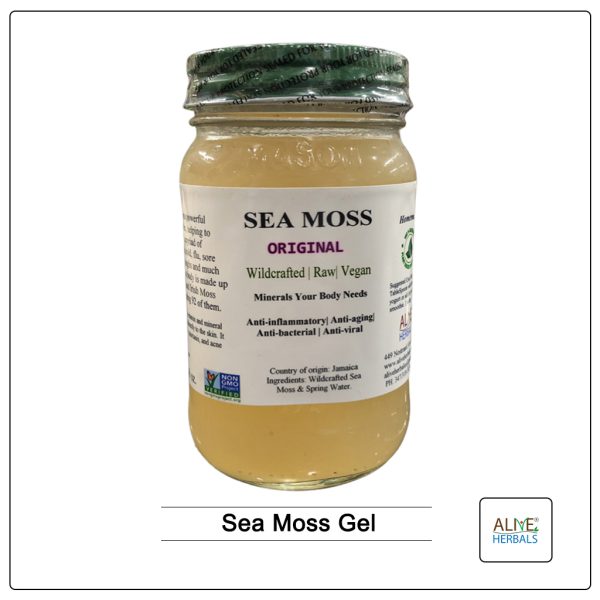
Sea Moss Gel
$22.00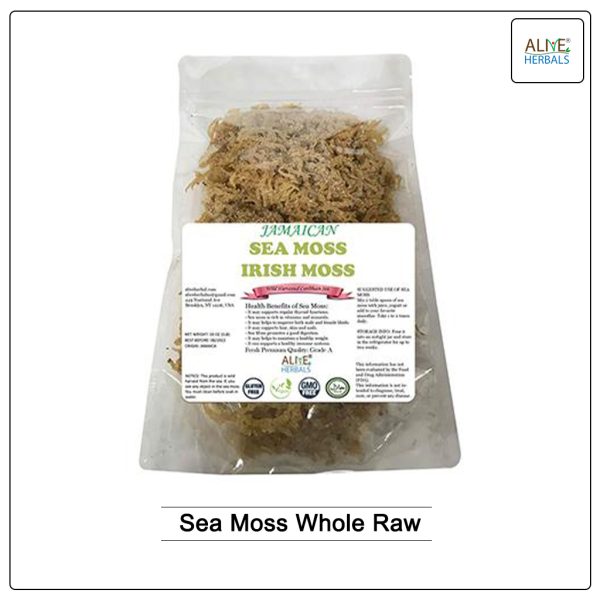
Sea Moss or Irish Moss
$7.99 – $15.99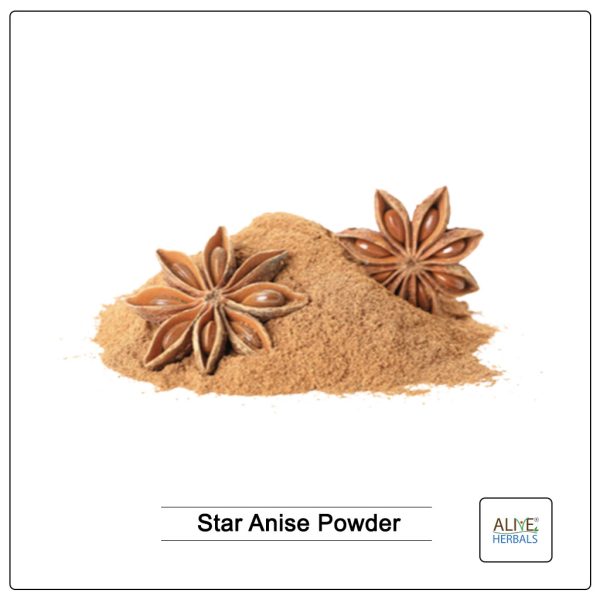
Star Anise Powder
$5.99 – $34.99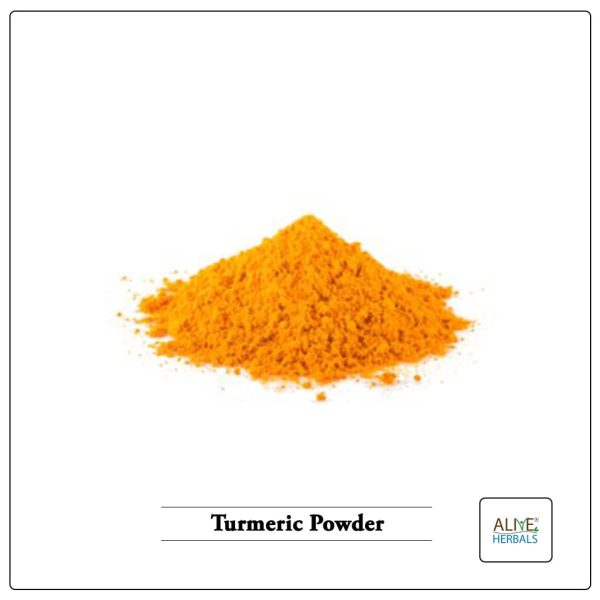


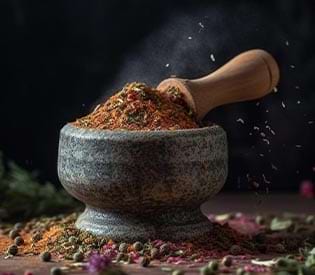
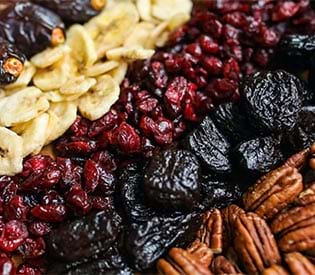

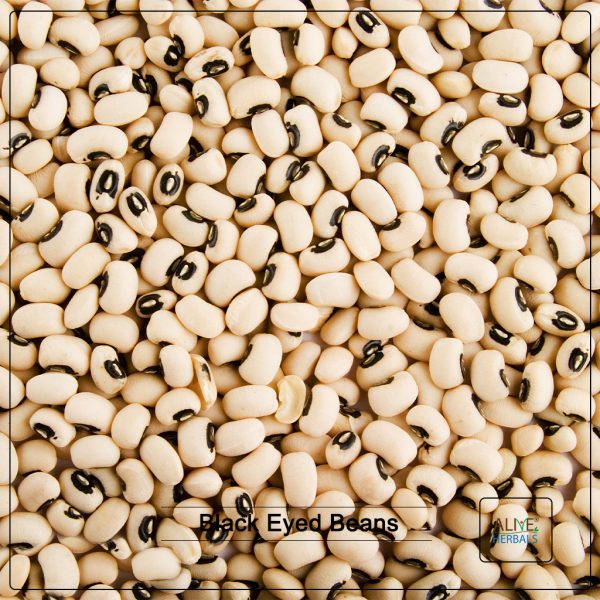

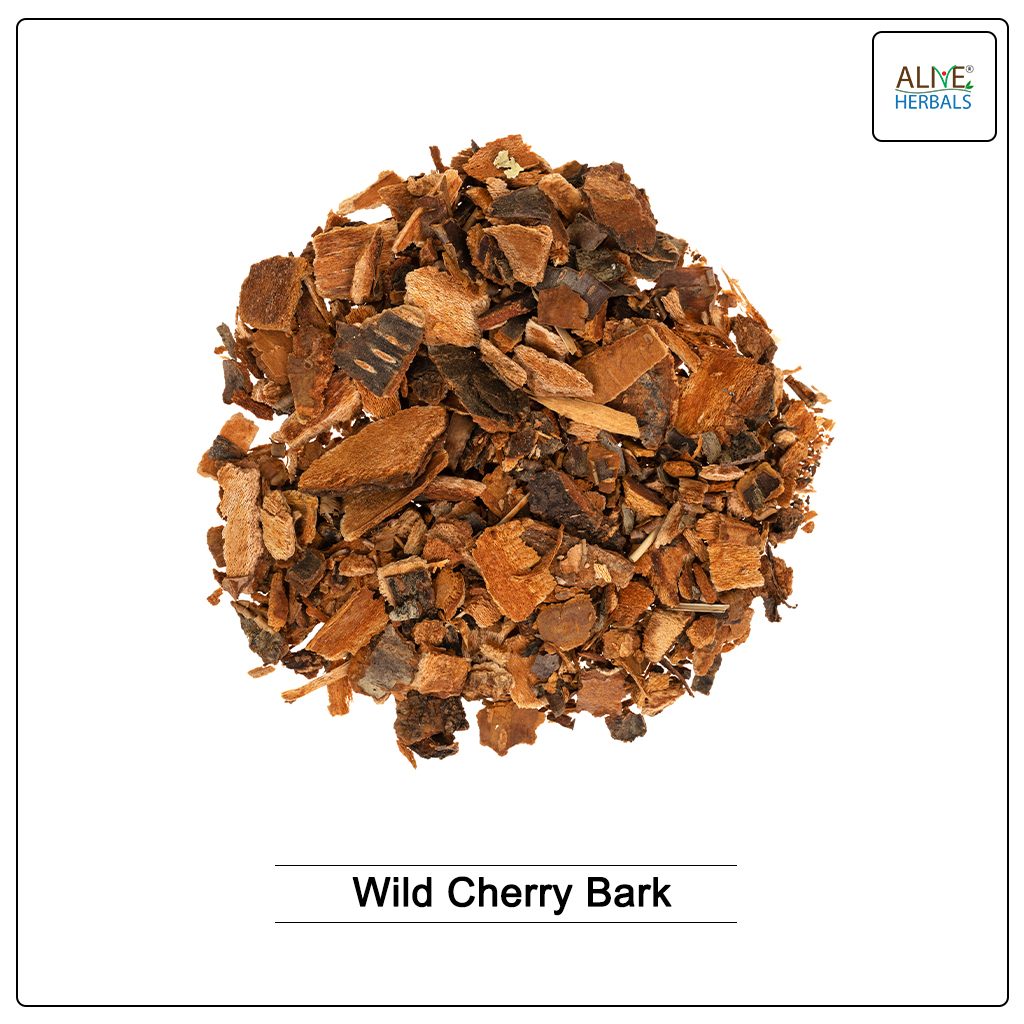

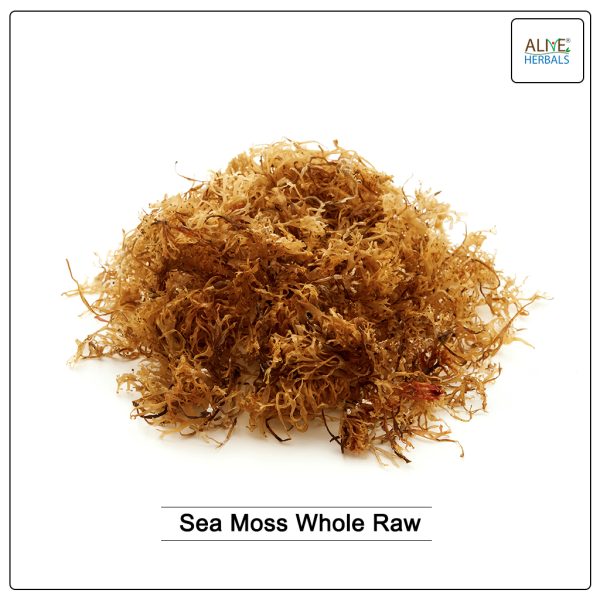
Reviews
There are no reviews yet.